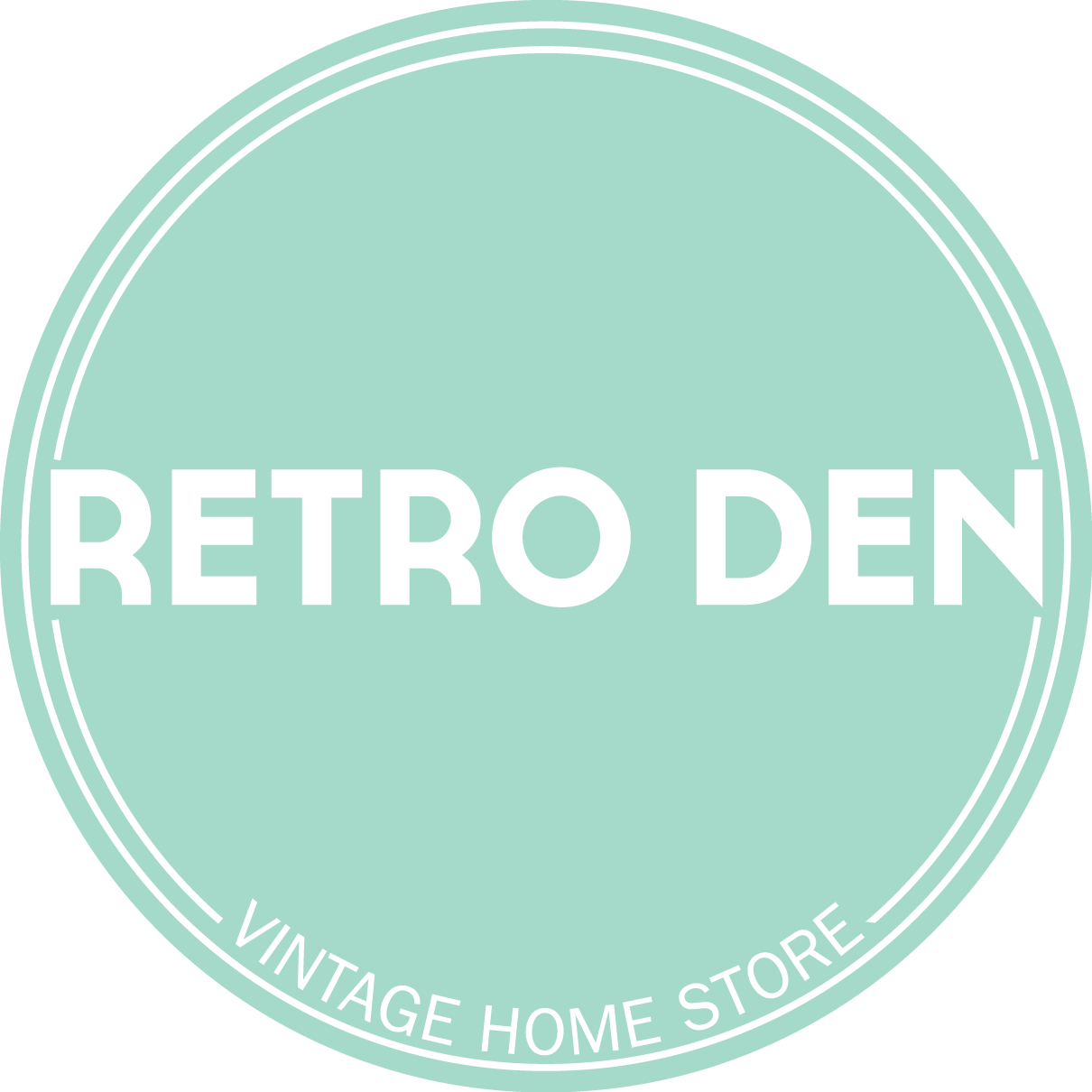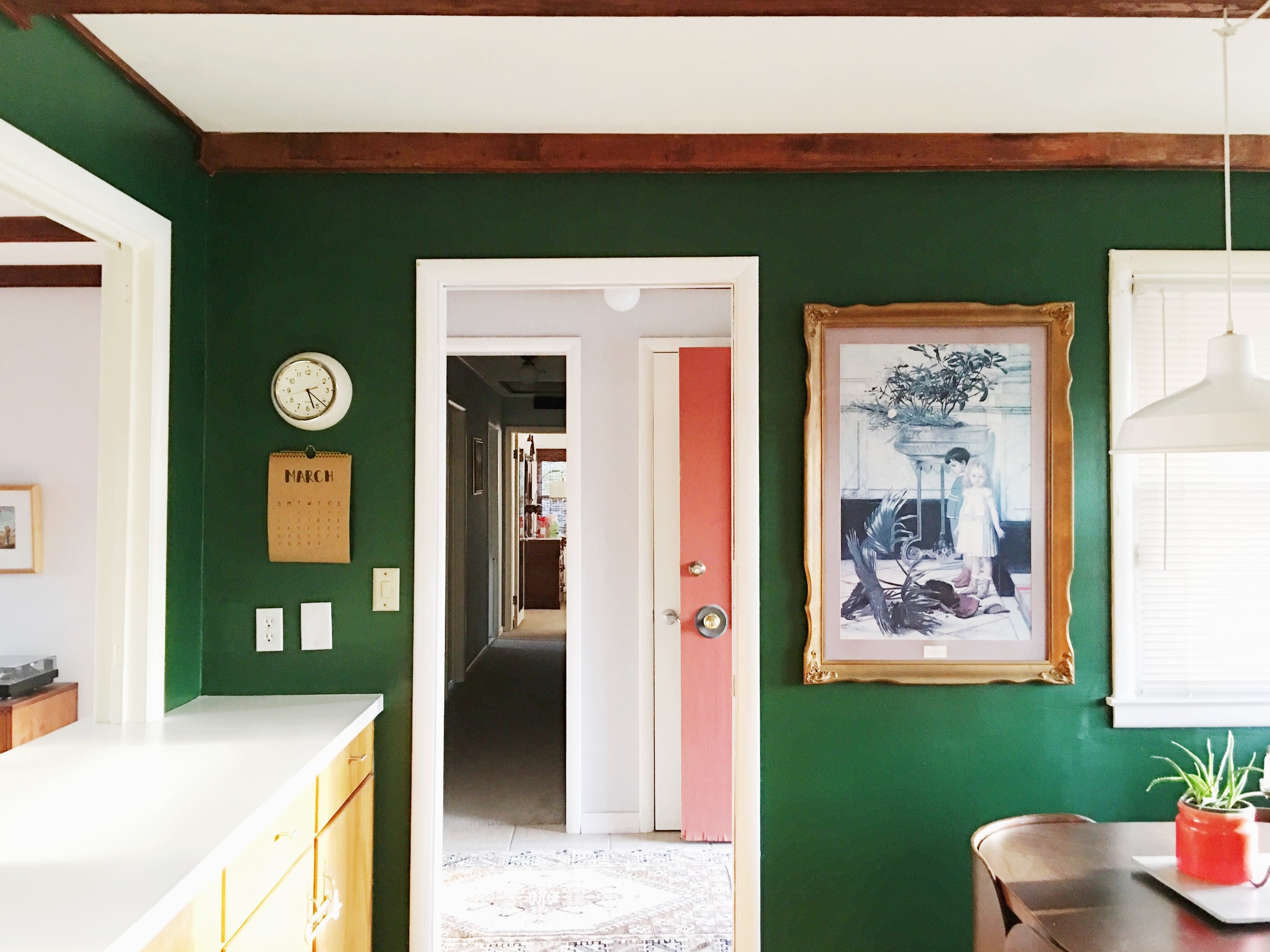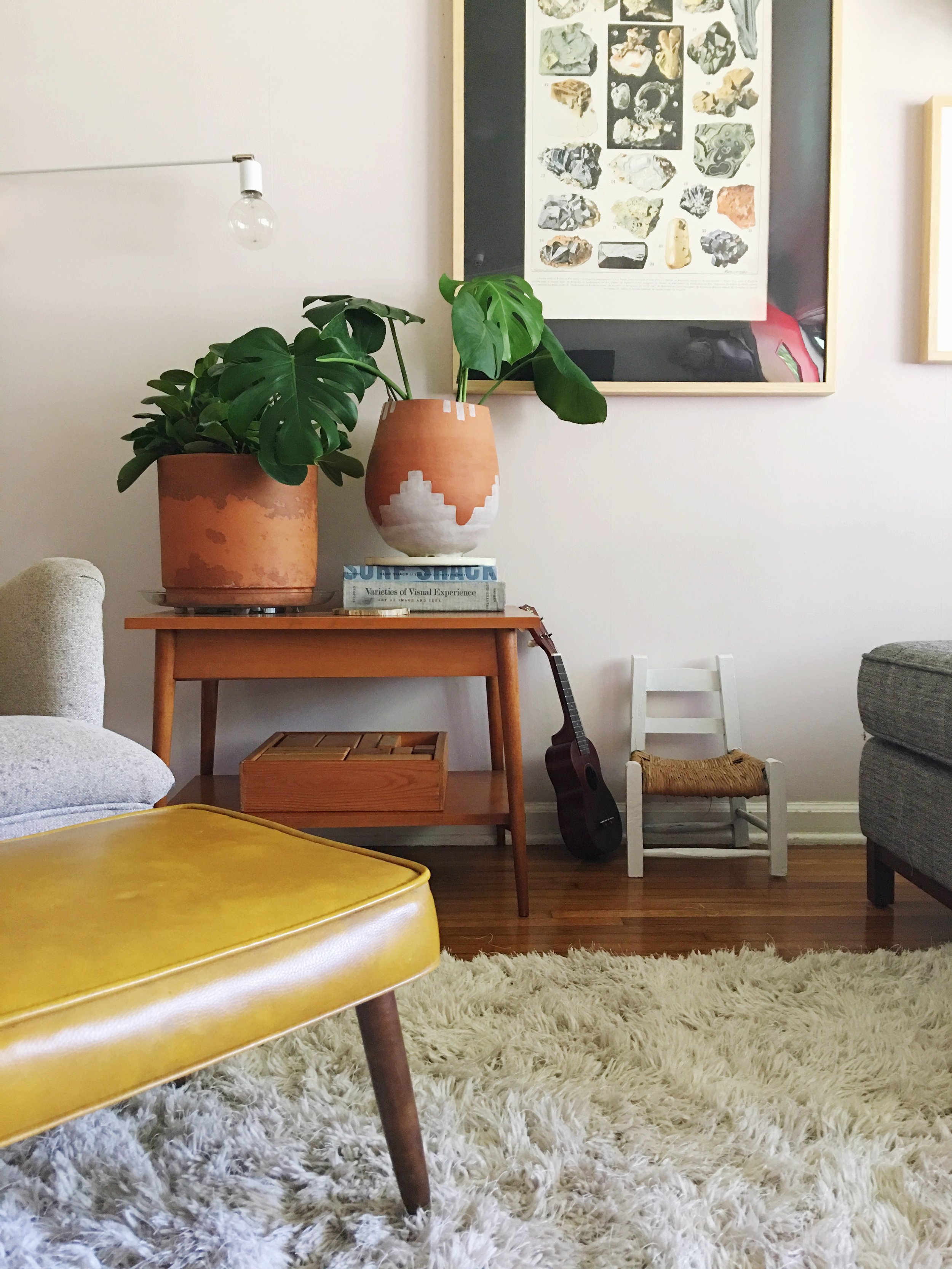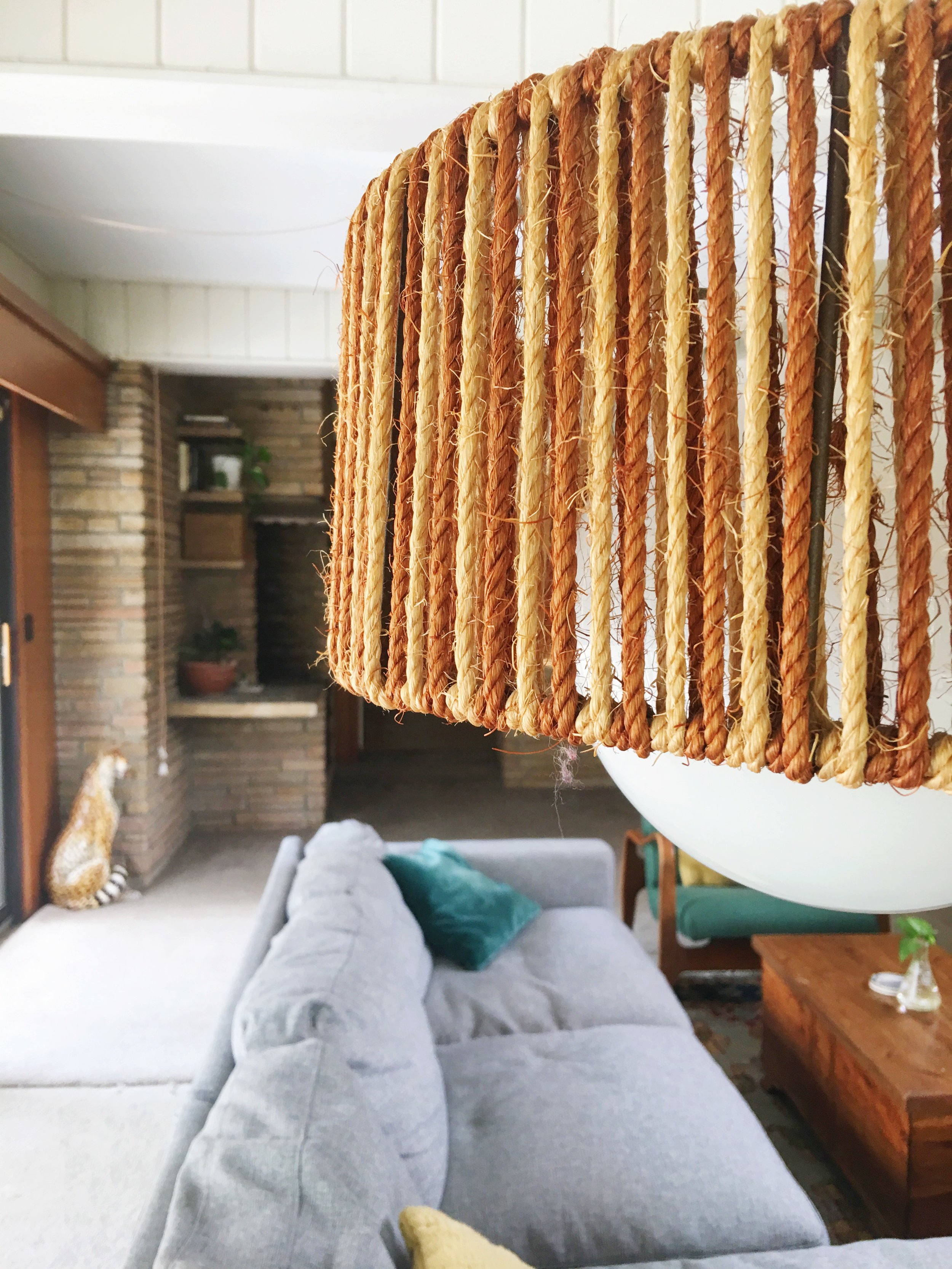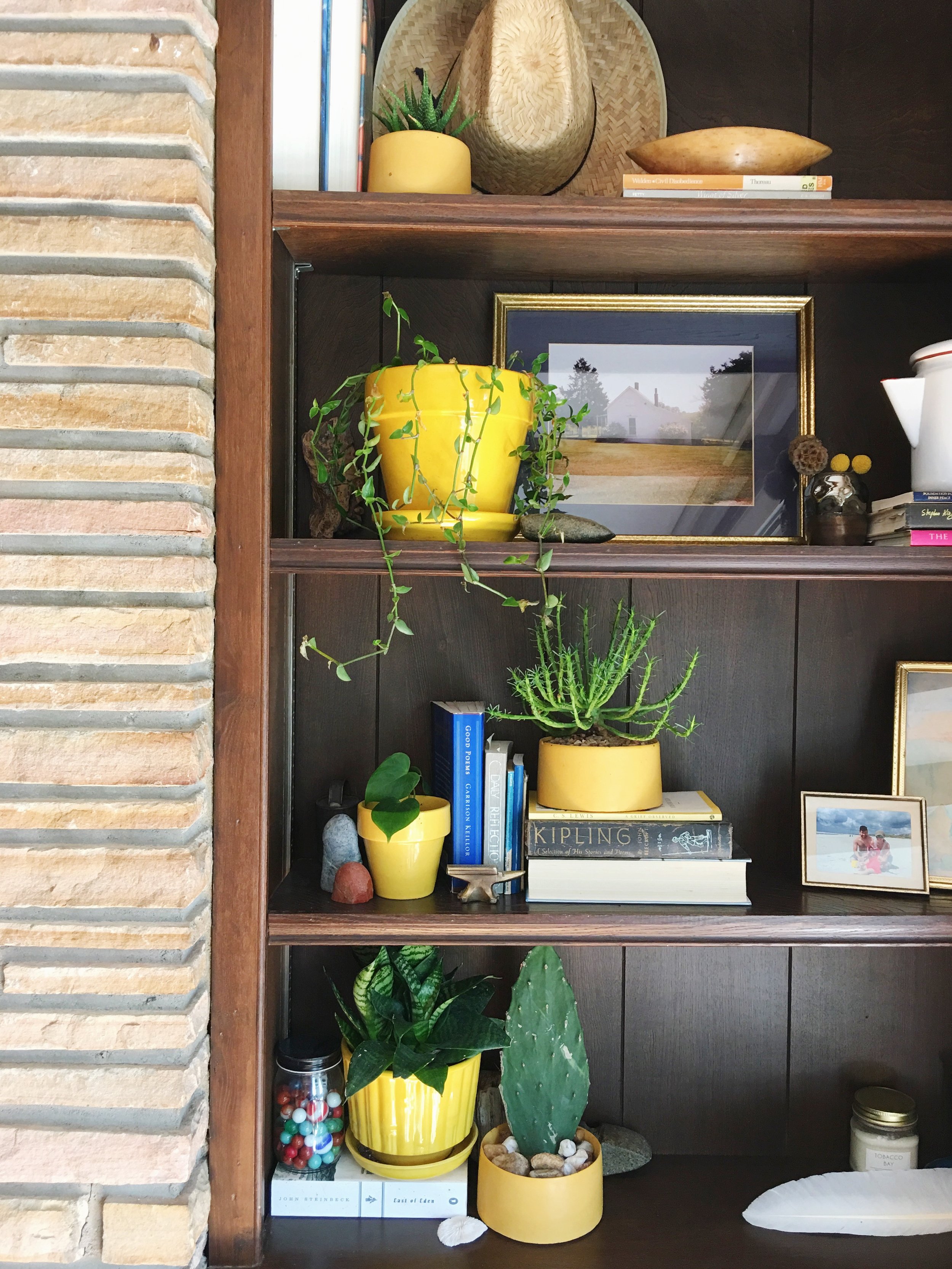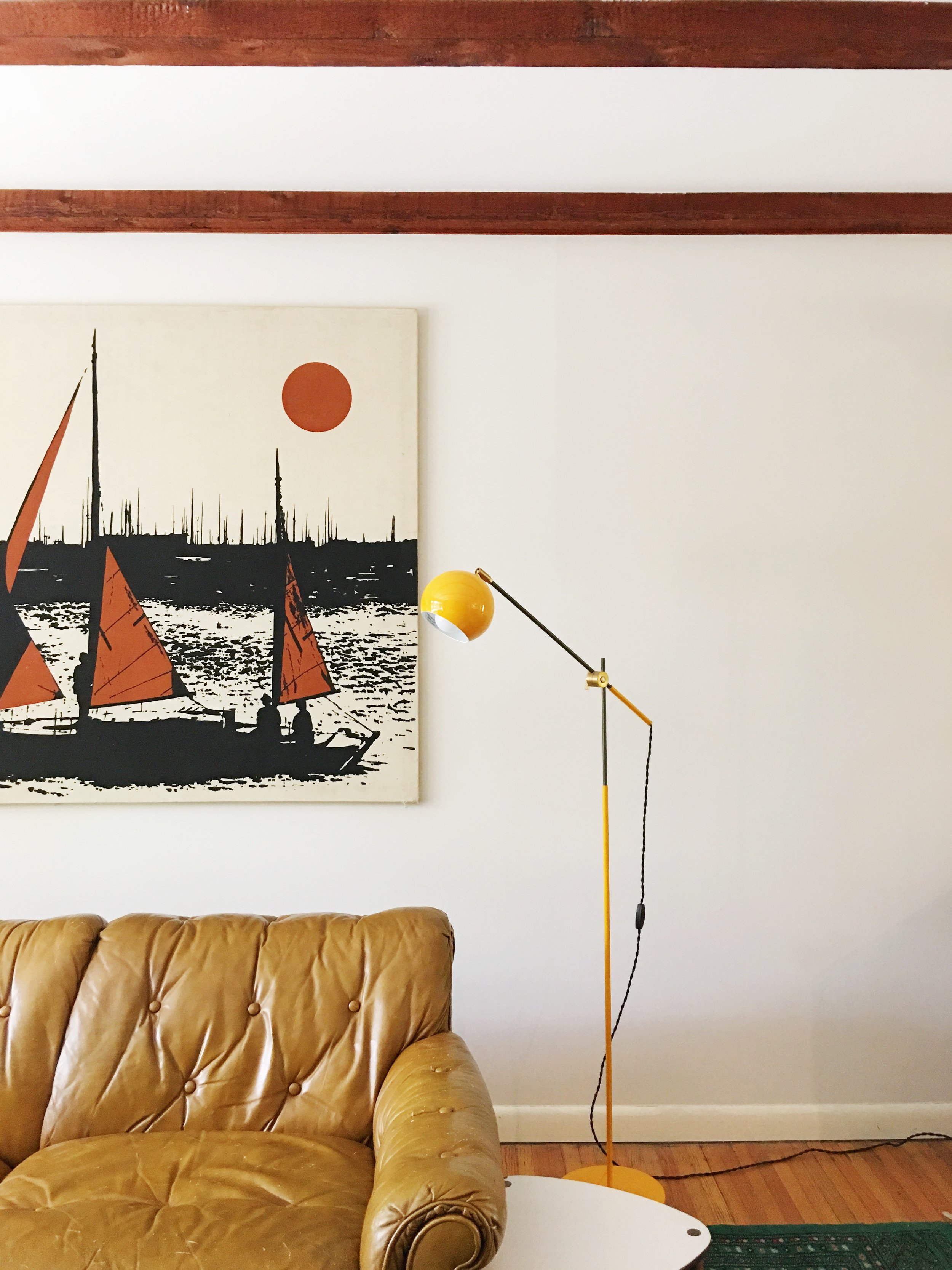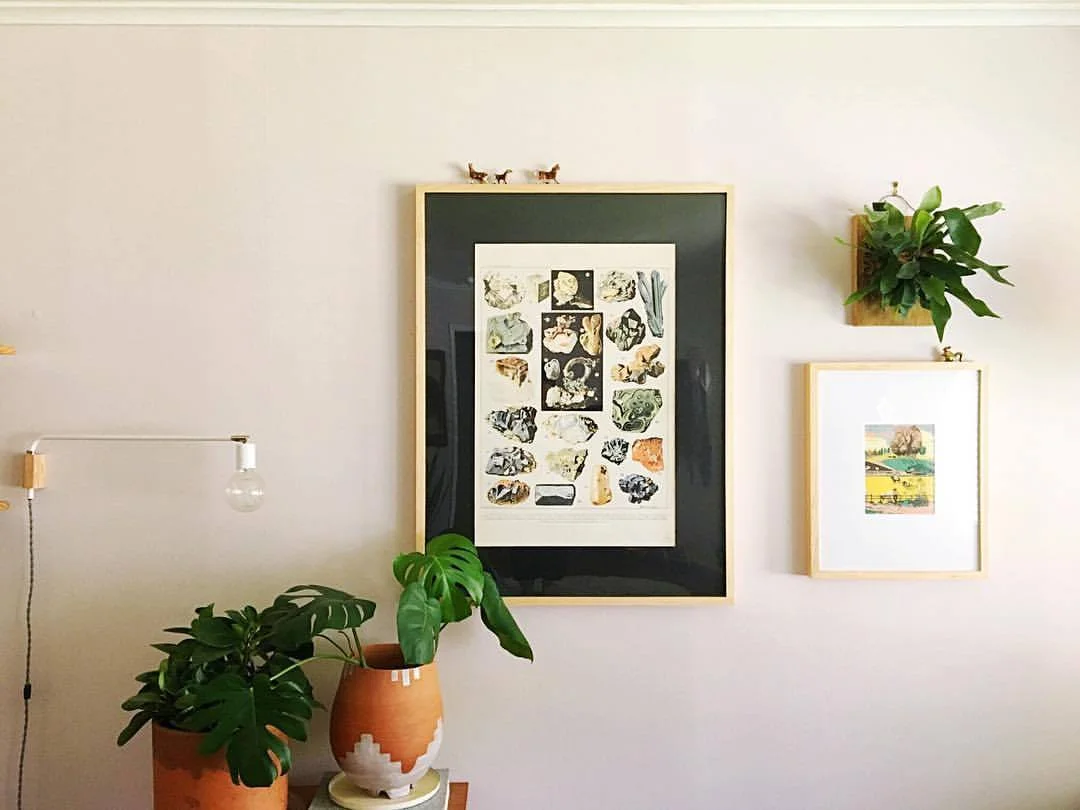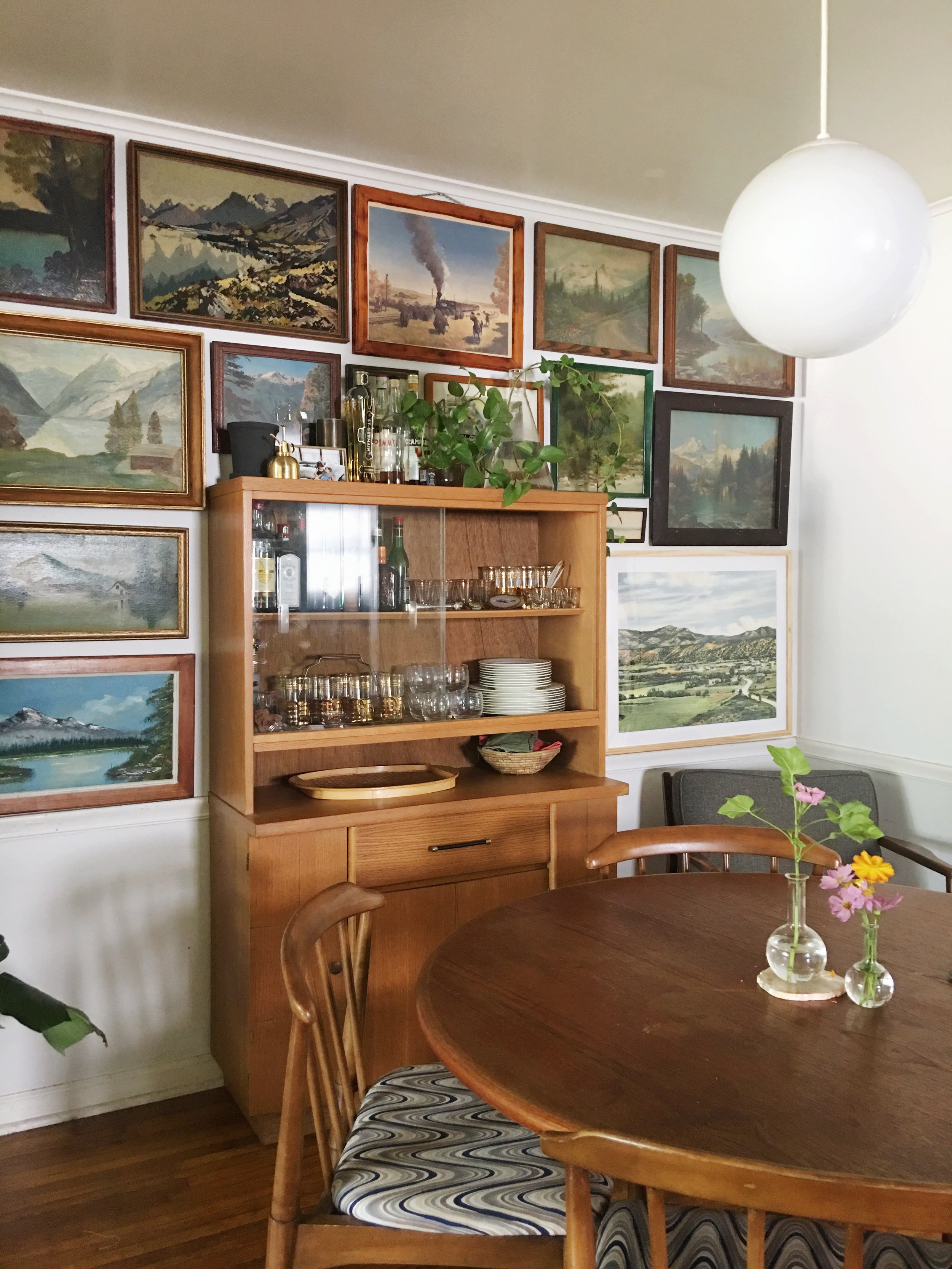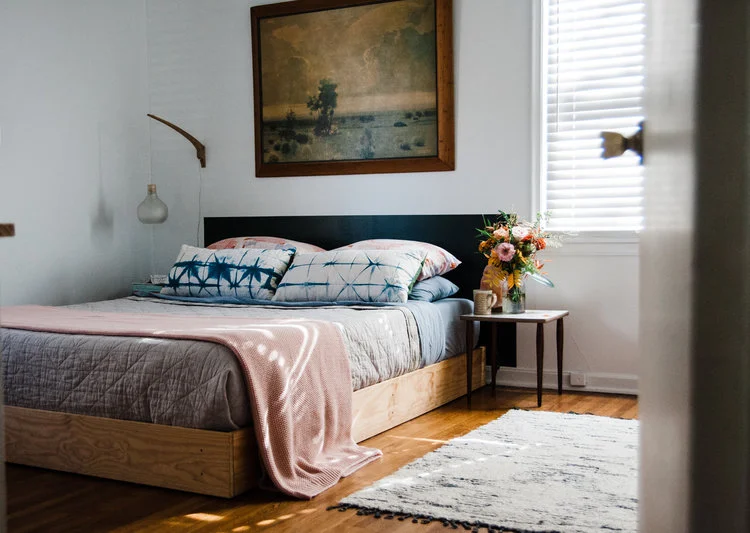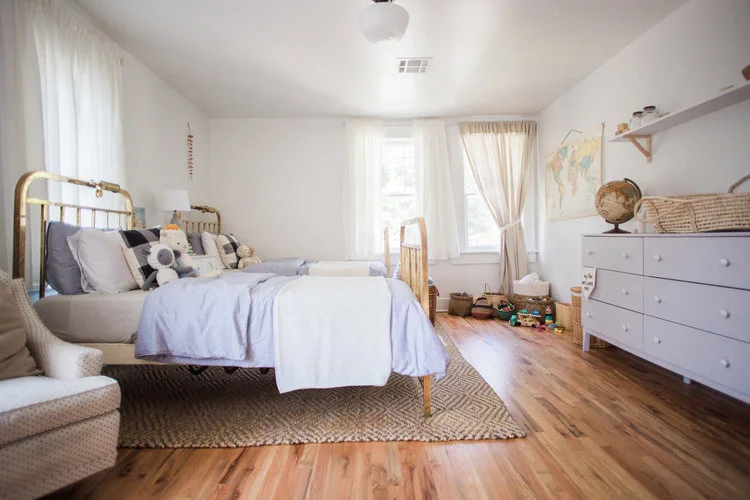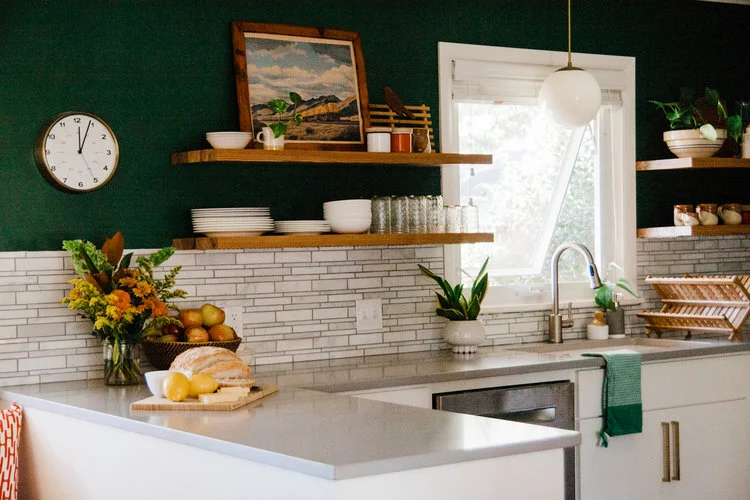How to Unite your House with Design: Three Tips for Creating a Cohesive Home
/Tips for creating a cohesive home
I think about my house a lot. Probably more than the average Josephine. Probably not more than you if you are reading this blog. I've recently been thinking about how certain design elements throughout my home (both inside and out) unite it together. Though different rooms have their own specific design, they are still part of a whole. They are the same but different. Siblings, cousins? These elements can be sneaky; they aren't always obvious, instead they hide in plain sight but make you feel a sense of cohesion and flow as you move throughout a home. A friend of ours recently said, "I like having hints of matching throughout the house." Yes, this exactly.
I feel like my first home didn't have as much of this flow. Since it was my first home, I definitely went crazy while painting. Every room had a different color (sometimes two) and I didn't really consider any other part of the house when choosing the paint colors. It was like each room existed in a vacuum and paid no attention to the house as a whole. I didn't have Ashley Daly's mom around to tell me to stick to one to three colors. Now, I'm not saying that all of your rooms need to look the same or even follow the same style–what I am saying is that weaving tiny common design threads in your home can make it feel complete and whole.
Below are ideas to achieve this united look in your home without being matchy-matchy.
Repeat colors and patterns
Repeating colors and patterns is one of the easiest and most effective ways to unify your home. Painting your walls a color you pulled from a piece of your favorite artwork or using similar hues for rugs, pillows and even book covers is a sure fire way to bring about a sense of cohesion. Also, colors or patterns that don't quite match, but are from the same family can do wonders when it comes to unifying.
Palmer Home. In my home, the most noticeable repeating color is dark green. My love affair with dark green started when I painted my breakfast nook a couple years ago. Since then, it has popped up in my living room rug, lounge chair, outdoor platform sofa, and various blankets and planters. I even consider the trees outside our large windows as part of the dark green design thread.
I spy dark green in the rug, the lounge chair and the snakeplant planter.
And also on a blanket on my bed!
Oh hey there again dark green. Check out the full patio reveal here.
I used striped ticking fabric for the curtains in my room.
And also on the bench cushion (made by Janie's Upholstery) in the mudroom. I also plan to use it for some pillows in the eat-in kitchen.
Daly Home. Blushes, dusty oranges and whimsical patterns are repeated throughout the Daly abode. Harriet's nursery repeats these soft colors and patterns via the artwork and various textiles. Again, these colors and patterns are picked up in the living room through the vintage floral pillows and pale blush walls. Also, vintage and hand-made planters help pull this color palette from space to space.
Blushes, dusty oranges and soft, whimsical patterns galore. From the crib sheets and hand-made quilt to the landscape postcard artwork and wall weaving (by House Sparrow Fine Nesting!), these colors and patterns work together to unite not only the nursery, but the entire home.
This warm color palette is found in the living room planters, walls and artwork.
Even Harriet's vintage rug calls out to the warm colors found elsewhere in the Daly home.
Little blush planter against a blush wall. Mmmmm, repeating colors.
Soft floral nursery curtains (fabric from Owl & Drum!).
Vintage floral and whimsical fabric used on pillows, backpacks and babydoll bedding in the living room.
Decorate with multiple things from the same era
Though we are big supporters of mixing old and new when it comes to home design, it's nice to have multiple pieces from a similar time period to increase consistency and flow. It is especially wonderful when you incorporate at least a few pieces from the era in which your home was built. Though you don't need to adapt an entire new look to accommodate your home's age, adjusting your style to give a nod to the structure itself is the ultimate unifier.
Palmer Home. My ranch-style home was built in 1953 and I have several furniture pieces from the 1950s and 60s, including dining chairs, leather sofa and bentwood lounge chair. These pieces speak to each other as well as the home itself.
Daly Home. Daly's bungalow was built in 1950, and she embraces this era to help unify her home. Several pieces of furniture, including her husband's grandfather's chair that he reupholstered, a vintage swag lamp, mustard yellow ottoman and mid-century modern dining set, are all connected by this period of time. Also, the little wooden monkey is from this era as well. He enjoys swinging on the swag lamp because they are the same age.
Though the mid-century pieces act as unifiers, it is balanced by newer pieces like the shag rug and geode artwork.
Daly's Danish arm chair also speaks to the era of her home as well as most of the vintage artwork on the gallery wall.
Use decor pieces with a similar style or feeling
Though pieces may not share a color or be from the same time period, they can share a style or even feeling that can help pull your home together. Often times these decor pieces are the ultimate stealth unifiers because they bring a sense of wholeness without being obvious. For example, I did not realize for the longest time that Daly had similar modern wall-mounted shelving (pictured below!) in nearly every room in her home. That's sneaky unification for ya.
Palmer Home. A rustic, earthy thread runs throughout my home from the plant basket in my bedroom to the rattan stools in the living room and the woven hanging lights in the den. These pieces are distinct, yet share similar textures and styles. Also, the sleek, modern yellow planters on my living room shelves not only call out to my industrial floor lamp's color, but also speak to its clean, modern lines and shapes. These pieces unify opposite sides of the room through their style and feel.
This vintage plant basket adds a whole lotta rustic earthy vibe to the bedroom.
The rustic earthy feel is also found with my House Sparrow macrame plant hanger.
The hanging handmade plate and vintage basket help to carry the rustic feeling into the dining room.
And the woven swag pendants bring this same vibe into the den.
Daly Home. Daly's geode living room art is repeated with actual rocks and other natural elements displayed on her shelves in multiple rooms as well as the earthy colors of her vintage landscape gallery wall. As mentioned before, Daly's simple wall-mounted DIY shelving throughout her home is a quiet, subtle way to bring her spaces together. Also, Daly uses light fixtures, specifically wall-mounted light fixtures throughout her home. These lights are not only useful, but also call out to one another saying "we are all part of the same house!"
The DIY modern shelves as seen in the Daly craft/play room.
And again in the living room.
And yet again in the bedroom. They are everywhere, working to quietly unify the home and hold pretty things for the Dalys.
Wall-mounted arm lamp in the play/craft room.
A locally made lamp wall-mounted in Harriet's nursery.
Whether using color, pattern, era-specific pieces or certain styles throughout your home, repeating design elements in a thoughtful, understated way can bring a sense of cohesion and consistency to a space. How do you decorate to unite your home? I'd love to hear! We did a lot of these things without even realizing we were doing it–maybe you subconsciously did it in your home too?
"The Ashleys made respect and empowerment the cornerstones of the process from the get-go: they were here to help, not to tell me what to do. And their help? Is actually helpful. "
-Alicia Chesser, Whole Enchilada Home Styling Client
